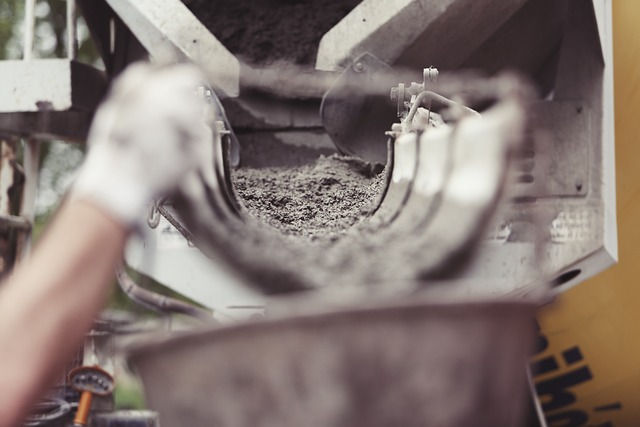Exploring Construction Machinery for Concrete
It is fair to say that the construction industry is heavily reliant on concrete in virtually any project. Building structures such as commercial or residential buildings will require the pouring of concrete as a vital step in creating the foundations of the building.
In addition, road, pavement, and bridge building requires concrete as an essential material in the construction. Surprisingly, concrete can also be an ideal insulating material. Low-density, lightweight concrete that has a density below 1920 kg/m3 is an excellent insulating material and is typically used to cover exposed steel structures in buildings.
This article focuses on some of the key pieces of construction machinery that are relied upon wherever concrete is required in the building process. From preparing the material to ensuring that it is laid correctly, different pieces of machinery or simple equipment are needed. Two of these will be described in detail.
Choosing the ideal mixing equipment
All forms of concrete need to be wet when they are poured. This allows them to assume the shape of the structure that they are supporting or forming the foundations for. However, this requires the concrete to be in a constant state of mixing to ensure that it does not dry out and set before it is laid.
A range of concrete contractors will be able to supply suitable equipment to facilitate this. Typically, larger-scale projects may require a mobile batch plant that can mix large volumes of concrete and transport it to exactly where it is needed. If your construction firm relies on a third-party agent to supply the concrete, it will likely arrive in a concrete mixing truck.
This allows the concrete to remain wet during transport and delivery. When producing concrete on-site, a mobile concrete mixer is commonly used to prepare the materials and keep the mixture wet before it is poured. Mobile concrete mixers are a common feature on most building sites and are simple to operate.
Typically, they feature either tilting or non-tiling drums with non-tilting drums releasing the mixture from the other end of the machinery instead of out of the drum itself. Choosing the right mixing equipment is essentially a question of understanding the volume of concrete that needs to be sourced or produced and the location where the concrete will be required.
Screed machines
When concrete foundations or roads and pathways are laid, it is vitally important that the concrete is leveled out correctly. To achieve this, a screed machine will be used. While the concrete is still wet, it will be smoothed out to a flat surface using this equipment. Laser screed machines provide the most accurate leveling of concrete by using a laser beam to map the surface and to identify where precise adjustments to the leveling need to take place.
There are also manual roller machines that are operated by two workers who push the screed machine across the concrete surface. This is more suitable for wide areas of concrete leveling (such as larger foundations and laying the concrete for streets) but requires skill and coordination on the part of the workers to ensure that the surface is perfectly level. Such screed machinery is a significant improvement over traditional methods that typically require a builder to use a flat piece of wood to level out the concrete by hand.

